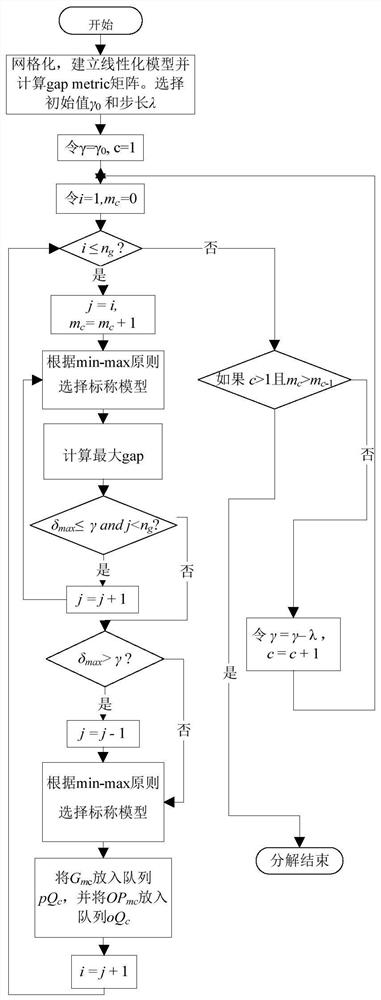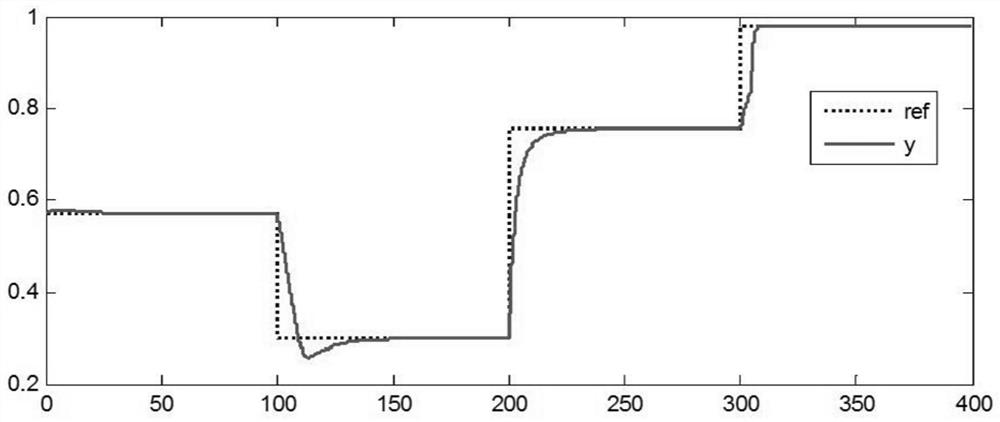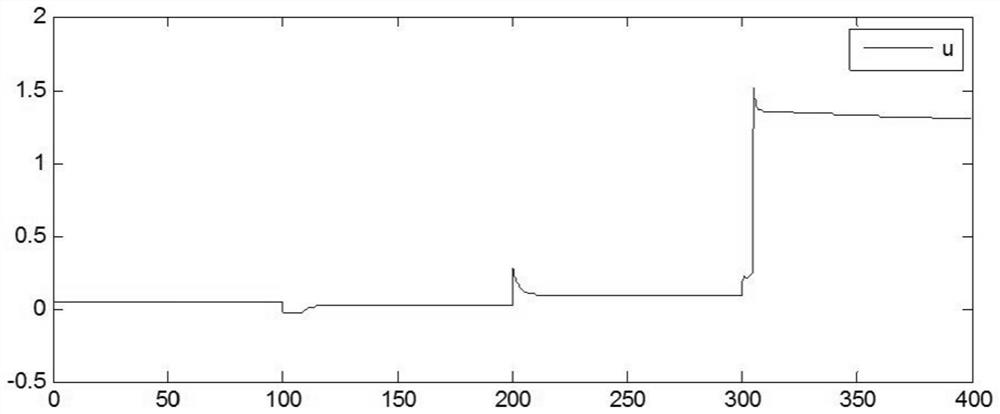A gap-based self-balanced multi-model decomposition method and system
A multi-model, self-balancing technology, applied in the general control system, control/regulation system, adaptive control, etc., can solve the problems of tediousness and no standard measurement of decomposition results, and achieve the goal of reducing workload and reducing prior knowledge Reliance, the effect of improving decomposition efficiency
- Summary
- Abstract
- Description
- Claims
- Application Information
AI Technical Summary
Problems solved by technology
Method used
Image
Examples
Embodiment 1
[0046] The following examples are given to illustrate the above-mentioned integrated multi-model control method based on PID, and a continuous stirred reactor system (CSTR) is simulated and analyzed.
[0047]
[0048] where C A (mol / l) is the reaction concentration, the input variable is u(min -1 ). C in the equation Ai (1.0mol / l) is the feed concentration, k=0.028min -1 is the rate constant. This system is highly nonlinear, and a single linear controller cannot meet the requirements.
[0049] Adopt the self-balanced multi-model decomposition algorithm of the present invention to carry out multi-model decomposition and control to the CSTR system, and the specific steps are as follows:
[0050] S0. Using the dichotomy method based on the gap metric to grid the CSTR system to obtain 19 grid points. And calculate the linearization model, and use the calculation formula (1) of gap metric to calculate the gap distance between the linearization models;
[0051] S1. Select ...
PUM
 Login to View More
Login to View More Abstract
Description
Claims
Application Information
 Login to View More
Login to View More - R&D
- Intellectual Property
- Life Sciences
- Materials
- Tech Scout
- Unparalleled Data Quality
- Higher Quality Content
- 60% Fewer Hallucinations
Browse by: Latest US Patents, China's latest patents, Technical Efficacy Thesaurus, Application Domain, Technology Topic, Popular Technical Reports.
© 2025 PatSnap. All rights reserved.Legal|Privacy policy|Modern Slavery Act Transparency Statement|Sitemap|About US| Contact US: help@patsnap.com



